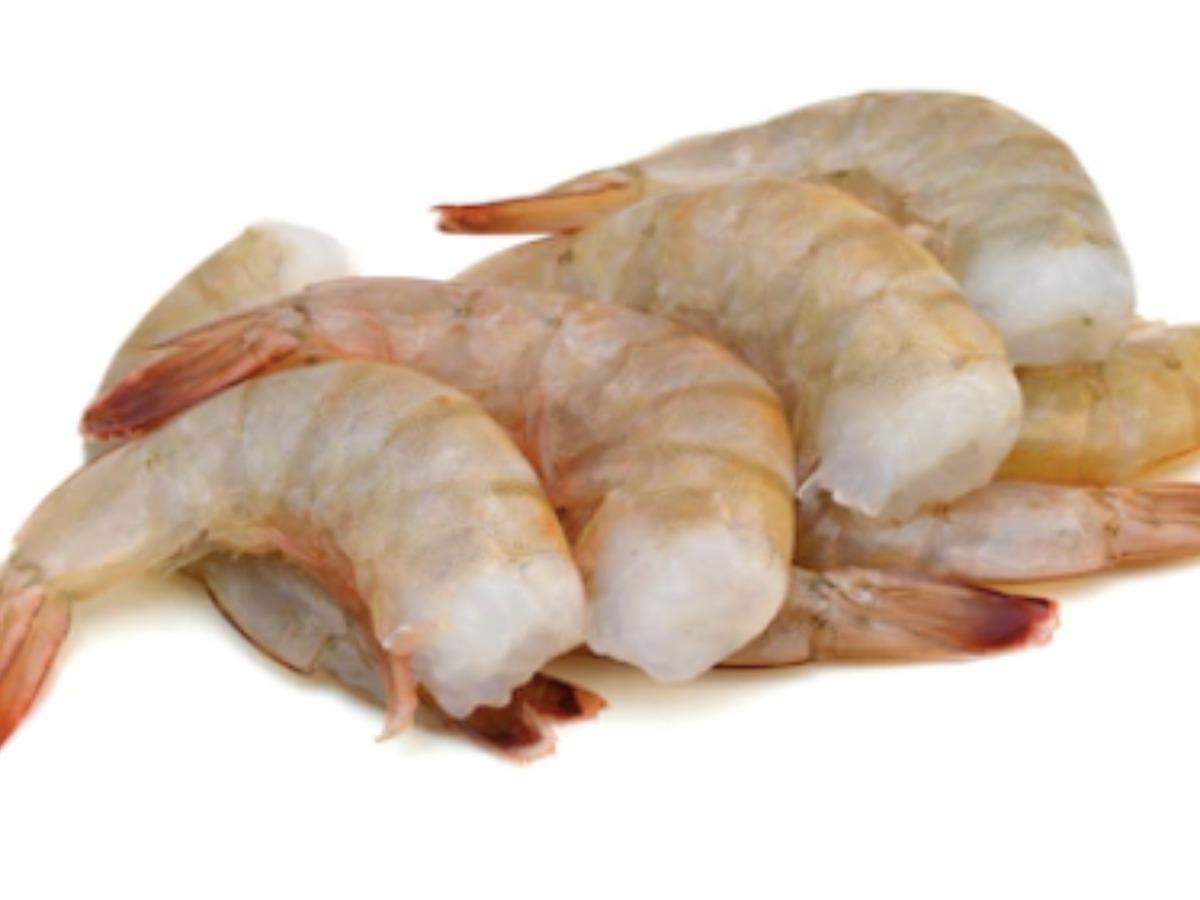Shrimp is a popular seafood choice enjoyed by many around the world. Whether you’re a seafood enthusiast or a culinary adventurer, it’s essential to understand the safety measures, risks, and cooking tips associated with raw shrimp. In this comprehensive guide, we’ll delve into the intricacies of handling raw shrimp, ensuring a safe and delicious culinary experience.
Understanding the Safety Measures:
When dealing with raw shrimp, it’s crucial to prioritize safety to prevent foodborne illnesses. Here are some key safety measures to keep in mind:
- Purchase Fresh Shrimp: Choose fresh, high-quality shrimp from reputable sources. Look for shrimp that have a firm texture, a mild scent, and are stored at a safe temperature.
- Proper Storage: Upon purchasing raw shrimp, refrigerate or freeze it promptly. Store it in airtight containers or sealed bags to prevent cross-contamination.
- Thawing Safely: If using frozen shrimp, thaw it properly. The best method is to transfer the shrimp from the freezer to the refrigerator and allow it to thaw overnight. Alternatively, you can place the shrimp in a sealed bag and submerge it in cold water, changing the water every 30 minutes until thawed.
- Avoid Cross-Contamination: Prevent the spread of bacteria by keeping raw shrimp away from other foods, especially those that won’t be cooked before consumption. Clean cutting boards, utensils, and countertops thoroughly after handling raw shrimp.
Risks Associated with Raw Shrimp:
Raw shrimp can pose certain risks if not handled and cooked properly. Understanding these risks is essential for maintaining your health and enjoying your culinary creations:
- Bacterial Contamination: Shrimp may harbor harmful bacteria, such as Vibrio parahaemolyticus or Salmonella, which can cause food poisoning if consumed raw or undercooked. These bacteria can multiply rapidly in the right conditions, so proper handling, cooking, and storage are essential.
- Allergies: Shrimp is a common allergen, and some individuals may experience allergic reactions even from small amounts of shrimp or its derivatives. If you or your guests have known shrimp allergies, exercise caution when handling raw shrimp to avoid cross-contamination.
Cooking Tips for Raw Shrimp:
Cooking raw shrimp not only eliminates potential health risks but also enhances its flavors and texture. Here are some essential cooking tips to help you prepare delicious shrimp dishes:
- Cooking Methods: Shrimp can be cooked using various methods, such as boiling, sautéing, grilling, or baking. Choose the method that best suits your recipe and desired outcome.
- Cook Until Opaque: Shrimp turns opaque and pink when cooked thoroughly. Avoid overcooking, as it can result in a rubbery texture. Depending on the size and type of shrimp, cooking times may vary, but a general guideline is to cook medium-sized shrimp for about 3-4 minutes per side.
- Flavorful Marinades: Marinating shrimp before cooking can infuse it with additional flavors. Use a combination of herbs, spices, citrus juices, and oils to create a delicious marinade. However, avoid marinating shrimp for too long, as the acid can break down the delicate texture.
- Pairings and Seasonings: Shrimp pairs well with a variety of flavors. Experiment with seasonings like garlic, paprika, cayenne pepper, or fresh herbs like parsley and cilantro. Additionally, shrimp complements well with lemon or lime zest and a touch of salt and pepper.
- Serve Immediately: Shrimp is best enjoyed when served immediately after cooking. Its texture and flavor are at their peak when served fresh and hot.
Popular Shrimp Recipes:
To kickstart your shrimp culinary journey, here are a few popular recipes you can try:
- Shrimp Scampi: Sauté shrimp in butter, garlic, and white wine. Serve over pasta or with crusty bread.
- Grilled Shrimp Skewers: Thread marinated shrimp onto skewers and grill until cooked. Serve with a side of grilled vegetables for a delicious summer meal.
- Shrimp Stir-Fry: Sauté shrimp with an array of colorful vegetables in a wok or skillet. Add soy sauce and your choice of seasonings for a flavorful stir-fry.
- Shrimp Cocktail: Boil shrimp until cooked, then serve chilled with a tangy cocktail sauce for a classic appetizer.
Remember to experiment with different flavors and cooking techniques to discover your favorite shrimp dishes.
In conclusion, raw shrimp can be a delightful addition to your culinary repertoire, provided it is handled, cooked, and stored safely. By understanding the safety measures, being aware of the risks, and following proper cooking techniques, you can enjoy the flavors and textures of this versatile seafood with peace of mind. So go ahead, dive into the world of raw shrimp and unleash your creativity in the kitchen!
- Raw Shrimp: Safety, Risks, and Cooking Tips - July 14, 2023
- Tax Season Stress Relief – Beyond The Extension - June 22, 2023

